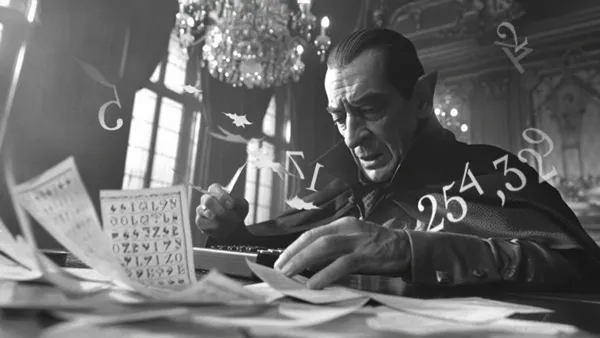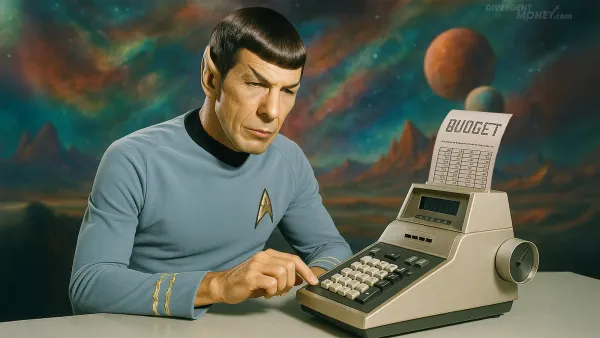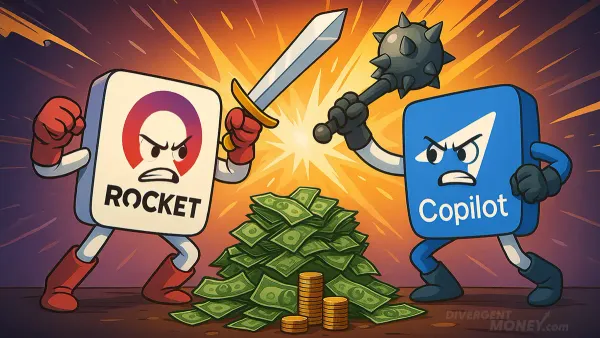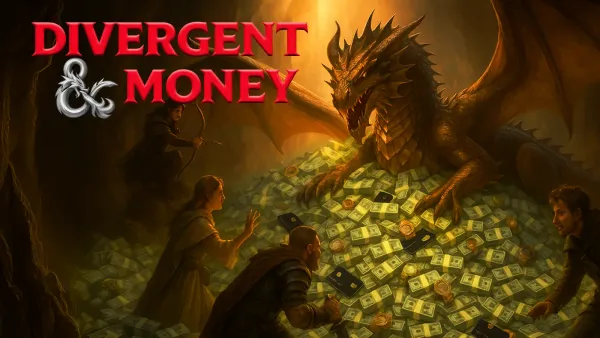The Dopamine Deadline
How to Turn Neurodivergent Urgency Into a Repeatable Financial Tool

For a lot of us, urgency isn’t a productivity hack— it’s the only switch that works! The rent due date, the credit card autopay, the package you meant to return three weeks ago? Suddenly urgent. Suddenly do-able.
But what if that urgency didn’t have to come with panic, dread, or a cortisol hangover?
Enter: the Dopamine Deadline.
So how do we create urgency that feels good, works with neurodivergent time perception, and helps you get important financial stuff done, without adrenaline crashes or shame spirals? It’s not about pushing harder. It’s about building scaffolds that work for the wiring you have.
Let’s get into it.
What’s a Dopamine Deadline?
A Dopamine Deadline is a short, self-imposed window of time designed to activate your focus and motivation — without requiring a crisis. It’s urgency on your own terms.
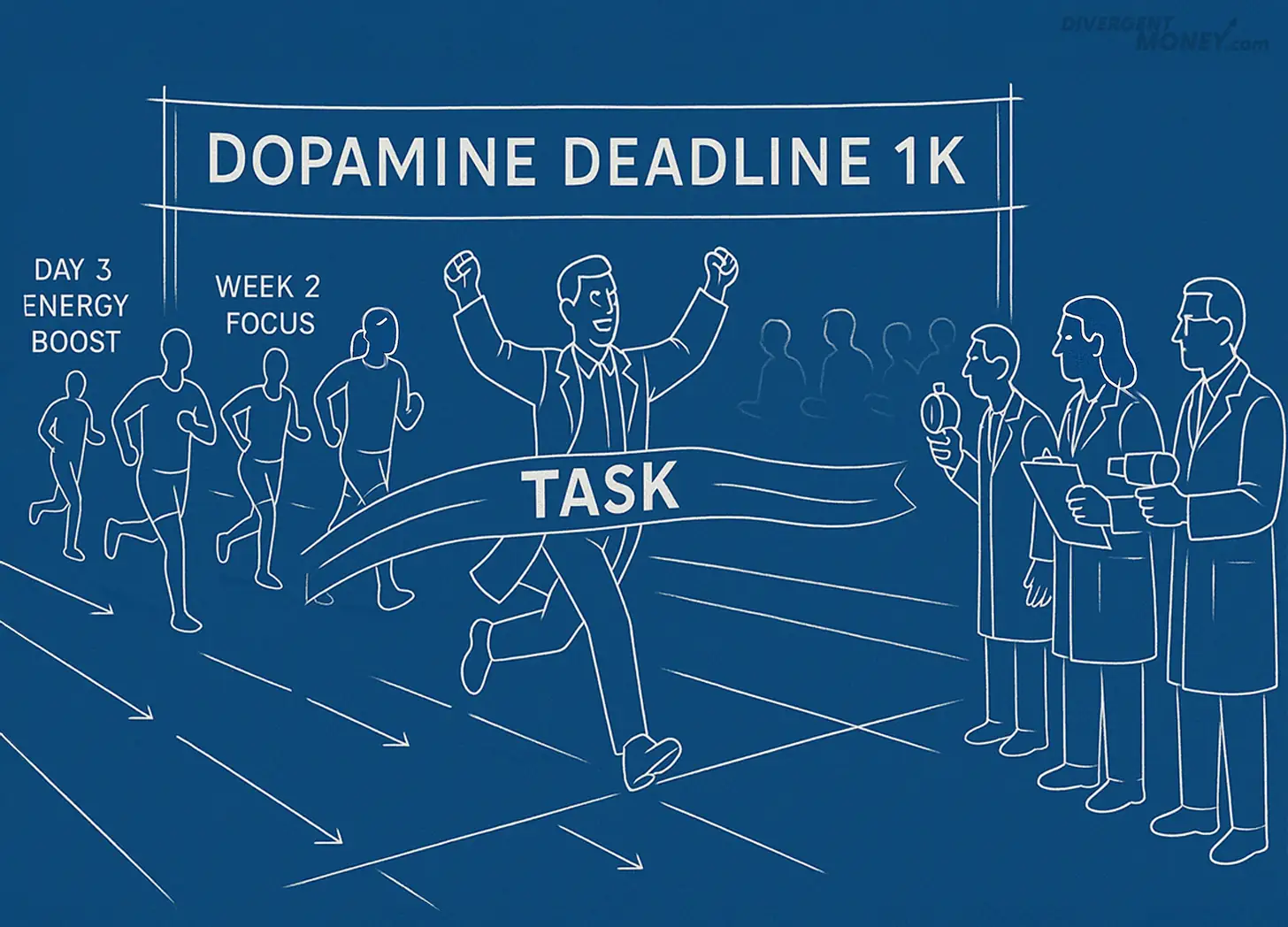
Unlike the typical deadline (external, looming, consequence-laden), a Dopamine Deadline is:
- Short (3 to 14 days)
- Framed as a challenge, not a punishment
- Paired with clear rewards
- Designed to be visible and satisfying
- Structured to feel like progress, not pressure
It borrows the structure of a game or quest — giving your brain enough stimulation to stay engaged, while removing the emotional tax of “should’ve done this already.”
Why ND Brains Struggle With Time Systems
If you’ve ever:
- Forgotten a deadline until the last minute — even if you cared
- Started a money task months late, then finished it in 20 minutes
- Procrastinated on something until it felt like danger, then acted fast
… you’ve already felt the mechanics of time blindness + urgency at work.
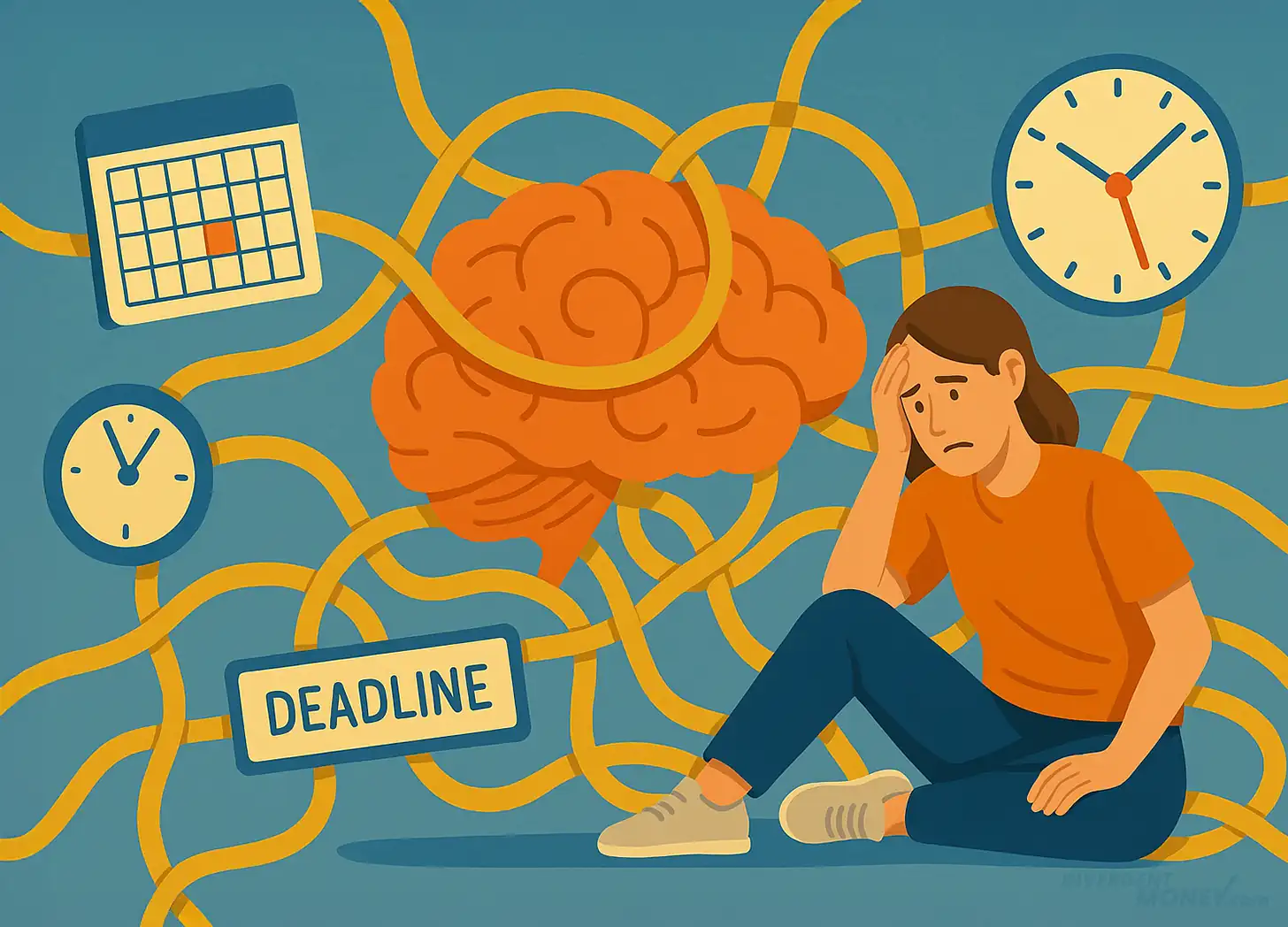
For many neurodivergent folks (especially those with ADHD, AuDHD, and executive function challenges), time is not experienced as a smooth line. It’s now and not-now. Future rewards feel faint. Present tasks dominate. Threats pierce through the fog— rewards often don’t.
That’s because:
- Temporal discounting makes future rewards less motivating
- Executive function gaps slow task initiation and sequencing
- Interest-based nervous systems prioritize novelty over importance
- Shame-based motivators shut down activation
In short: you don’t lack motivation. You just need it to be visible, interesting, and urgent right now.
Urgency Works (and Usually Sucks)
Urgency pulls the future into the present. It signals that this matters now. But urgency powered by adrenaline comes at a cost:
- Sleep loss
- Anxiety spirals
- Physical crashes
- Emotional burnout
That’s the fuel of crisis mode. It works — until it doesn’t.
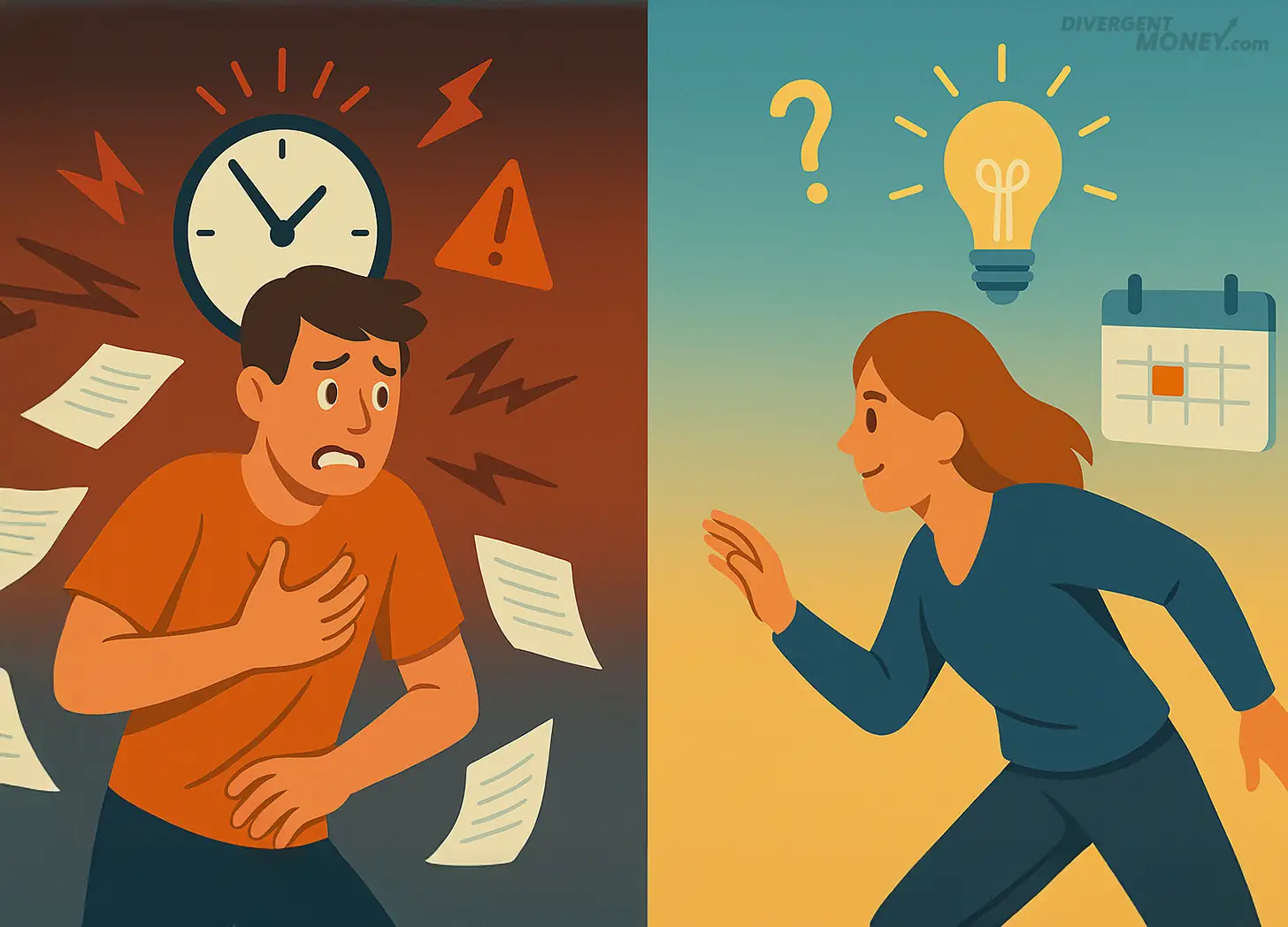
What most productivity advice doesn’t explain is the difference between adrenaline urgency and dopamine urgency:
| Adrenaline | Dopamine | |
|---|---|---|
| Triggered by | Threat, fear, punishment | Curiosity, novelty, anticipation |
| Feels like | Tight chest, racing thoughts | Forward-leaning energy |
| Duration | Short, intense | Sustainable, repeatable |
| After-effects | Crash, shame, avoidance | Satisfaction, confidence |
Dopamine urgency works best in short, time-bound bursts. And we can see how powerful it is — not just in personal productivity, but in how history has played out:
Dopamine Deadlines That Changed History
- DARPA Network Challenge (2010): A nationwide race to find 10 red balloons placed in secret locations across the U.S. The catch? You only had a day. Teams created hyper-collaborative, reward-driven strategies — and the winning team found them all in under nine hours. The challenge was structured like a real-world Dopamine Deadline: short, trackable, and reward-loaded.
- SpaceX and Impossible Schedules: Elon Musk is notorious for setting ultra-aggressive timelines, like building rockets in months instead of years. While these often slip, the visible countdowns force action and shortcut perfectionism. His teams have made radical progress using mini sprints — urgency by design.
- Pandemic-Era Vaccine Development: With the clock ticking and stakes sky-high, researchers around the world compressed timelines for testing, approvals, and production. COVID vaccine development that normally takes years happened in under 12 months. It was a massive, global Dopamine Deadline, powered by visible progress and shared stakes.
In all of these, urgency was real — but it was also designed. And when paired with visibility, feedback, and creative rewards, it moved mountains.
A Real Example: Paying Off $2,000 in 14 Days
Let’s ground this in a win closer to home.
One of our community members, someone I've worked with for the last year, had been stalled on credit card debt. It wasn’t massive, but it was scattered. She’d tried budgeting apps. Spreadsheets. Debt snowball plans. Nothing really clicked for her.
So we built a Dopamine Deadline.
Here’s what it looked like:
- Target: One card, $2,000 balance
- Timeframe: 14 days
- Framing: “Can I beat this boss in two weeks?”
- Visual: 14 circles on the wall, one for each day
- Daily action: Transfer $20, cancel a subscription, sell one thing
- Rewards: Day 7 = fancy coffee. Day 14 = the tattoo she’d been putting off for years.
She didn’t just make a dent — she cleared the whole balance.
More importantly: she didn’t crash afterward. No budget guilt. No avoidance hangover. Just a sense that, finally, something worked.
How to Build Your Own Dopamine Deadline
You can do this in five simple steps.
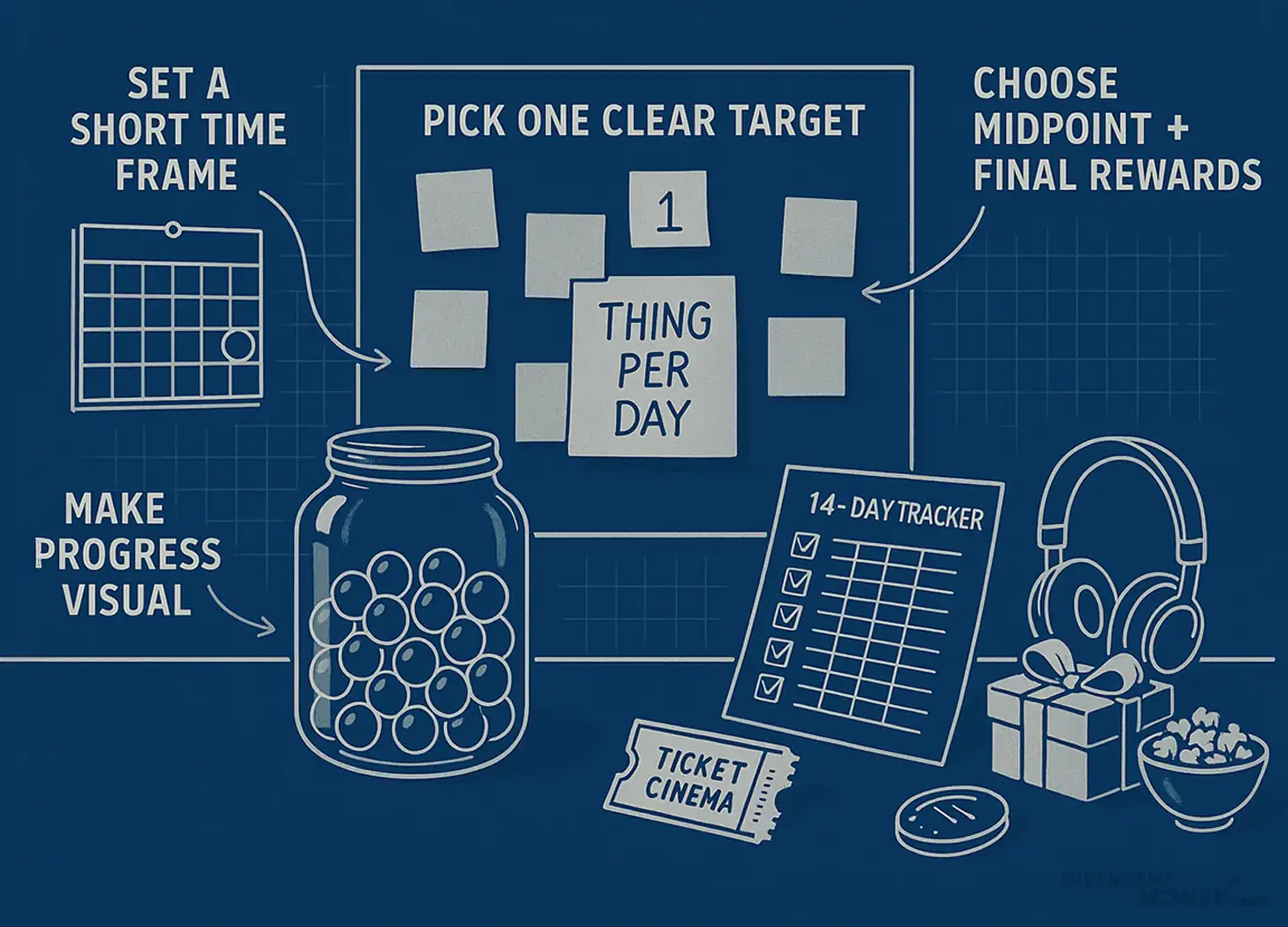
1. Pick One Clear Target
Avoid vague goals. Pick something small but specific:
- Cancel 10 unused subscriptions
- Save $200 for an emergency fund
- Pay off a single bill
- Move your money to a high-yield savings account
Make it feel winnable.
2. Set a Short, Finite Time Frame
3, 7, or 14 days. That’s it. The goal is to make it real enough for your brain to care.
Avoid open-ended timelines — your brain will ghost them.
3. Make Progress Visual
Use:
- Sticky notes you can rip off
- A printed tracker with boxes to check
- A glass jar with marbles or coins
- A Google Doc with emojis you delete each day
The satisfaction of “I did something” is a reward all its own.
4. Choose Midpoint + Final Rewards
Yes, real ones. Yes, even if it feels silly.
Rewards that work well:
- Novel (a new food, a new spot, a sensory treat)
- Personal (a tattoo, a rest day, a guilt-free show binge)
- Physical (something you can touch or eat)
Make it visible. Put it on your calendar. Say it out loud.
5. Take One Tiny Action Per Day
Not five. Not ten. One. That’s what keeps it sustainable.
Examples:
- Move $10 to savings
- Sell one thing on FB Marketplace
- Open a bank account
- Cancel one app
- Message a friend for body doubling
Once you start, momentum takes over. But don’t count on motivation. Count on structure.
What If It Doesn’t Work?
It still can — just tweak the scaffold.
- Low energy / burnout? Start with a 3-day challenge.
- Autistic inertia? Add a social anchor (daily check-in or coworker).
- Dyscalculia? Avoid numbers — track with tokens or colors.
- Chronic overwhelm? Choose “completion” as the reward, not the result.
This is not a silver bullet. It’s a pattern you can adapt.
Scaffolds That Help
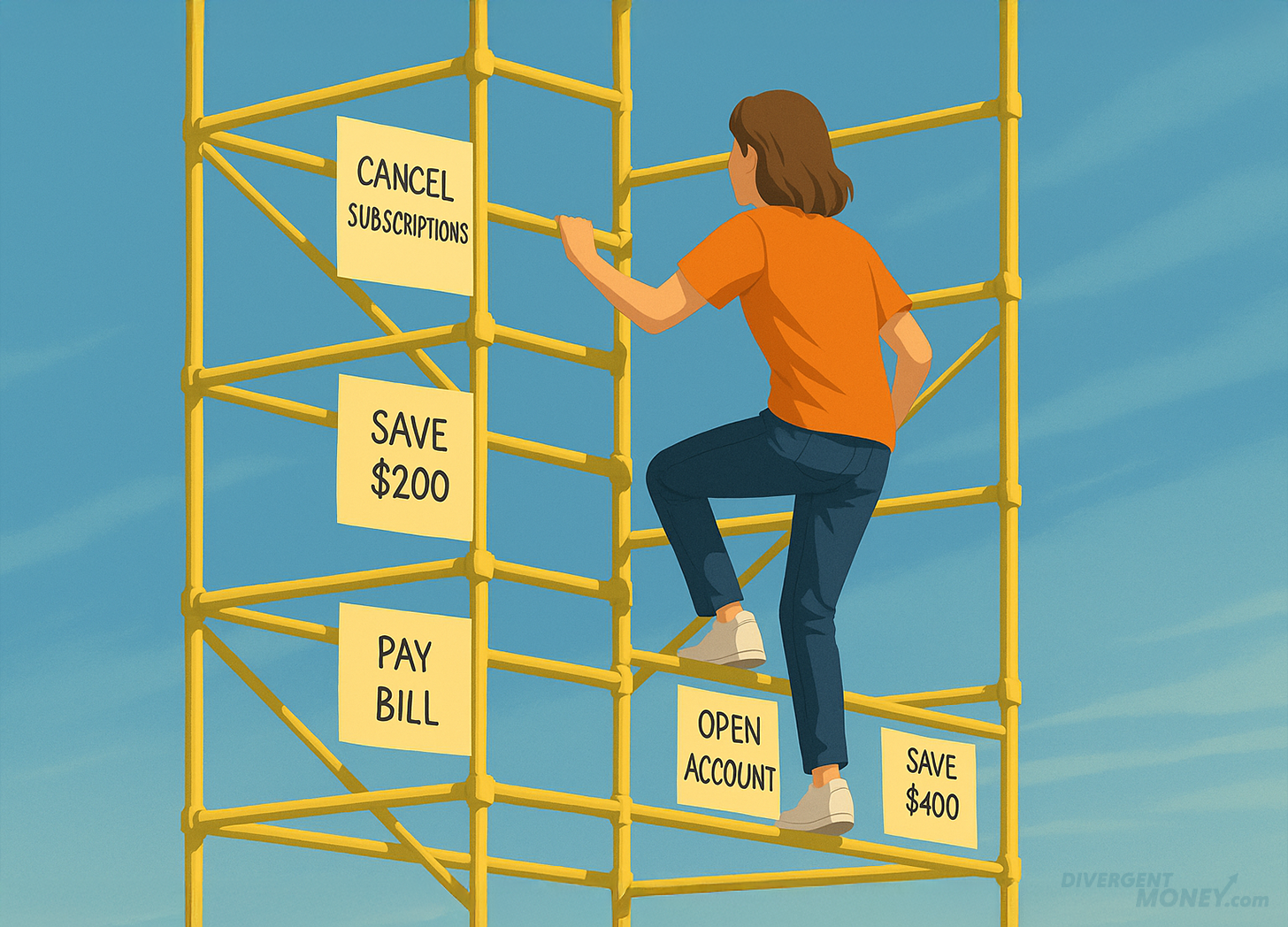
Stack these to increase success:
- Visual timers: TimeTimer, Forest App, Pomodoro cubes
- Accountability: Text a friend “done” each day
- Gamification: Habitica, Bounty Tasker, or DIY point system
- Body doubling: Work alongside someone, even silently
- Default rewards: Pre-decide what you get when you finish
Every one of these is a shortcut to engagement.
Is This Sustainable Long-Term?
Not constantly — but yes, cyclically.
Think of Dopamine Deadlines like side quests:
- You run them for momentum
- You pause between them
- You stack them into bigger systems
Use them to:
- Launch habits
- Clear backlog
- Build trust in your own follow-through
If used right, they build a library of evidence that you can get things done — your way.
You Don’t Need a Fire to Move 🔥
Urgency doesn’t have to mean panic. And motivation doesn’t have to come from fear.
You can create systems that trigger focus without triggering your nervous system. You can build scaffolds that nudge you toward progress — not perfection. You can set the rules, the pace, and the rewards.
The Dopamine Deadline isn’t a gimmick. It’s a countermeasure. A way to reclaim urgency from crisis culture and use it for your own ends.
So what’s your next quest?
Pick a target 🎯 Set a timer ⏲️ Reward the win 🏅⭐🏅
Your brain will thank you — not someday. Today.
Disclaimer: As ALWAYS, this article is for educational and motivational purposes and is not financial advice. Always consider consulting with a financial professional for guidance tailored to your unique situation.
Our Newsletter! 📨
One, we recommend joining our site (you're on it now) to be notified of updates to our articles and tools.
Two, if you want quick tips, trick, insights, and highlights, subscribe to our weekly newsletter today!

